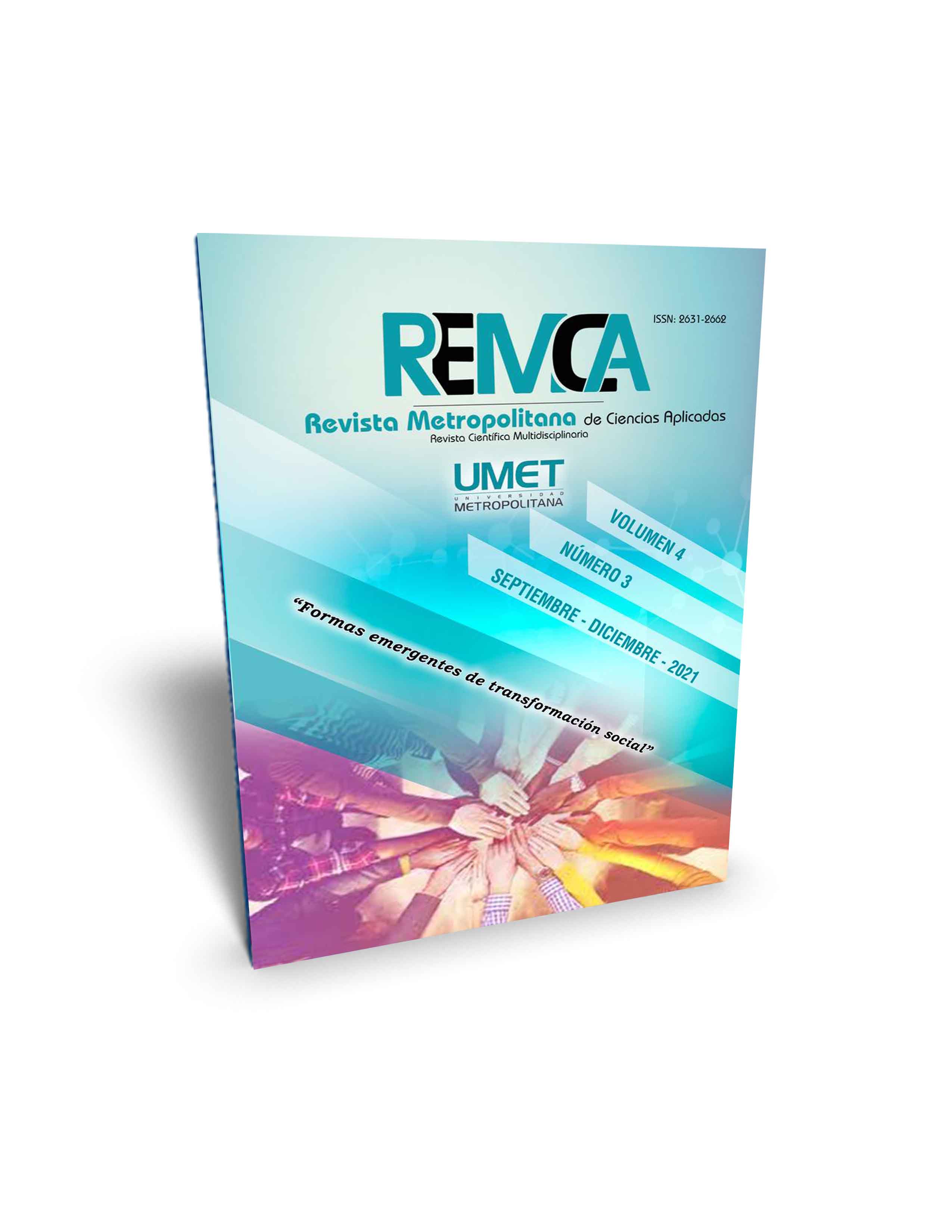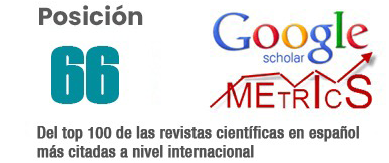Theoretical analysis of the SMES competitiveness components
DOI:
https://doi.org/10.62452/e3qfys59Keywords:
Competitiveness, sustainability, innovation, eco-efficiency, marketing, internationalizationAbstract
The study of competitiveness in micro, small and medium-sized enterprises (MSMEs), their components and how they relate to each other to achieve their long-term sustainability, corresponds to the initial phase of a research project to carry out interventions from the university academy in some MYPIMES in Ecuador and thus achieve an impact on their competitiveness and sustainability. In this sense, the article aims to carry out an analysis of the state of the art of the subject through a query in the SCOPUS database. The VOSviewer version 1.6.11 software was used to establish maps and clustering relationships. The result was that the most relevant components of competitiveness are innovation, sustainability and eco-efficiency, knowledge management, performance measurement, market orientation and internationalization; elements that represent the basis and guide for the design of efficient intervention strategies in the short and medium term.
Downloads
References
Bettiol, M., Di Maria, E., & Finotto, V. (2012). Marketing in SMEs: the role of entrepreneurial sensemaking. International Entrepreneurship and Management Journal, 8(2), 223–248.
Bhamra, T., Hernandez, R. J., Rapitsenyane, Y., & Trimingham, R. (2018). Product Service Systems: A Sustainable Design Strategy for SMEs in the Textiles and Leather Sectors. She Ji: The Journal of Design, Economics, and Innovation, 4(3), 229–248.
Bustamante, L. F., & Aguilar, S. C. (2013). Retos de gestión intercultural en las actividades de internacionalización de microempresas de Medellín. Estudios Gerenciales, 29(129), 456–465.
Carter, C. R., & Rogers, D. S. (2008). A framework of sustainable supply chain management: moving toward new theory. International Journal of Physical Distribution & Logistics Management, 38(5), 360–387.
Cavazos, J. (2009). El concepto de marketing bajo el paradigma relacional. Una agenda para Latinoamérica. Revista Brasileira de Marketing, 8(1), 05–23.
Distanont, A., & Khongmalai, O. (2018). The role of innovation in creating a competitive advantage. Kasetsart Journal of Social Sciences. https://fardapaper.ir/mohavaha/uploads/2020/01/Fardapaper-The-role-of-innovation-in-creating-a-competitive-advantage.pdf
Elkington, J. (1998). Partnerships fromcannibals with forks: The triple bottom line of 21st-century business. Environmental Quality Management, 8(1), 37–51.
Estrella, A. M., Jiménez, D., Ruiz, J. L., & Sánchez, M. (2012). ¿Cómo compiten las pymes en los mercados internacionales? Análisis de un clúster local con vocación exportadora. Investigaciones Europeas de Dirección y Economía de La Empresa, 18(1), 87–99.
Ferrer, L., González, K., & Mendoza, L. (2015). La innovación como factor clave para mejorar la competitividad de las pymes en el departamento del atlántico, Colombia. Dictamen Libre, 16(16), 21–36.
Hacioglu, G., Eren, S. S., Eren, M. S., & Celikkan, H. (2012). The Effect of Entrepreneurial Marketing on Firms’ Innovative Performance in Turkish SMEs. Procedia - Social and Behavioral Sciences, 58, 871–878.
Idar, R., Yusoff, Y., & Mahmood, R. (2012). The Effect of Market Orientation as Mediator to Strategic Planning Practices and Performance Relationship: Evidence from Malaysian SMEs. Procedia Economics and Finance, 4, 68–75.
Izvercian, M., Miclea, Ş., & Potra, S. (2016). Marketing Practices in SMEs. Case Study: Romania vs. Malta. Procedia - Social and Behavioral Sciences, 221, 135–141.
Kotler, P., Adam, S., Denize, S., & Armstrong, G. (2008). Principles of marketing. http://dro.deakin.edu.au/view/DU:30016693
Palacio, A., Arévalo, P., & Guadalupe, J. (2017). Tipología de la Innovación Empresarial según Manual de Oslo. CienciAmérica. 6(1), 85–89.
Prieto, V., Jaca, C., y Ormazabal, M. (2017). Economía circular: Relación con la evolución del concepto de sostenibilidad y estrategias para su implementación. Memoria Investigaciones En Ingeniería, (15), 85–95.
Ramírez, R. I., & Ampudia, D. E. (2018). Factores de Competitividad Empresarial en el Sector Comercial. Revista Electrónica de Ciencia y Tecnología del Instituto Universitario de Tecnología de Maracaibo, 4(1).
Saavedra, M. L., & Hernández, Y. (2009). Caracterización e importancia de las MIPYMES en Latinoamérica: un estudio comparativo. Actualidad Contable Faces, 11(17), 122–134.
Sağ, S., Sezen, B., & Güzel, M. (2016). Factors That Motivate or Prevent Adoption of Open Innovation by SMEs in Developing Countries and Policy Suggestions. Procedia - Social and Behavioral Sciences, 235, 756–763.
Saridakis, G., Idris, B., Hansen, J. M., & Dana, L. P. (2019). SMEs’ internationalisation: When does innovation matter? Journal of Business Research, 96, 250–263.
Skibiński, A., & Sipa, M. (2015). Sources of Innovation of Small Businesses: Polish Perspective. Procedia Economics and Finance, 27, 429–437.
Solleiro, J. L., & Castañón, R. (2005). Competitiveness and innovation systems: the challenges for Mexico’s insertion in the global context. Technovation, 25(9), 1059–1070.
Todericiu, R., & Stăniţ, A. (2015). Intellectual Capital – The Key for Sustainable Competitive Advantage for the SME’s Sector. Procedia Economics and Finance, (27), 676–681.
Vives, A., Corral, A., & Isusi, I. (2005). Responsabilidad Social de la Empresa en las PyMEs de Latinoamérica. In Subdepartamento de Empresa Privada y Mercados Financieros Banco Interamericano de Desarrollo. https://www.mific.gob.ni/Portals/0/Portal Empresarial/1.2 RSE y PyMEs.pdf
Downloads
Published
Issue
Section
License
Copyright (c) 2021 Andrea Charpentier Alcívar, Michael Feitó Cespón, Luz María Contreras Velázquez (Autor/a)

This work is licensed under a Creative Commons Attribution-NonCommercial-ShareAlike 4.0 International License.
Authors who publish in Revista Metropolitana de Ciencias Aplicadas (REMCA), agree to the following terms:
1. Copyright
Authors retain unrestricted copyright to their work. Authors grant the journal the right of first publication. To this end, they assign the journal non-exclusive exploitation rights (reproduction, distribution, public communication, and transformation). Authors may enter into additional agreements for the non-exclusive distribution of the version of the work published in the journal, provided that acknowledgment of its initial publication in this journal is given.
© The authors.
2. License
The articles are published in the journal under the Creative Commons Attribution-NonCommercial-ShareAlike 4.0 International License (CC BY-NC-SA 4.0). The terms can be found at: https://creativecommons.org/licenses/by-nc-sa/4.0/deed.en
This license allows:
- Sharing: Copying and redistributing the material in any medium or format.
- Adapting: Remixing, transforming, and building upon the material.
Under the following terms:
- Attribution: You must give appropriate credit, provide a link to the license, and indicate if any changes were made. You may do this in any reasonable manner, but not in any way that suggests the licensor endorses or sponsors your use.
- NonCommercial: You may not use the material for commercial purposes.
- ShareAlike: If you remix, transform, or build upon the material, you must distribute your creation under the same license as the original work.
There are no additional restrictions. You may not apply legal terms or technological measures that legally restrict others from doing anything the license permits.




